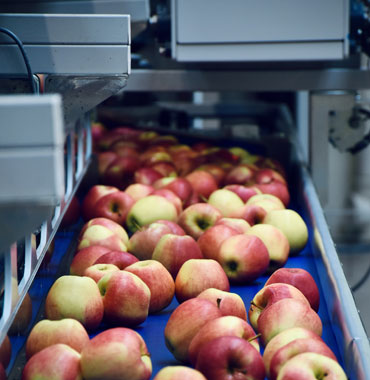Food processing bottlenecks are a persistent problem in the industry. Whether due to labor shortages, shifts in consumer demand leading to product or formulation changes, or inefficient facility design, new technologies are coming to market that can help companies identify and overcome these challenges.
Overcoming Labor Shortages
A 2023 survey from Food Processing found that 40% of respondents plan to add new employees to their workforces this year. The survey highlighted the challenges companies continue to face due to labor shortages, including the inability to find enough workers and difficulty in retaining skilled employees. These problems collectively can cause food processing bottlenecks, particularly as companies seek to scale output to meet growing demand and enhance training to build employees’ skills.
Taiwan’s Taipei Medical University is using virtual reality (VR) at its food safety training center, and the technology shows promise as a faster and more engaging training tool. A professor familiar with the implementation of the technology noted that it can reduce safety-related errors and improve knowledge retention, as workers appreciate engaging in the more immersive learning style of VR compared to watching videos and reading textbook chapters.
That means it could also encourage workers to acquire new skills. That’s vital since the Food Processing survey noted that 55% of respondents have ramped up their in-house technical training in response worker shortages.
Incorporating new technologies, such as VR, may improve onboarding while also helping companies attract younger employees seeking companies that keep pace with modern times.
Digital Twins Increase Visibility
Digital twins are highly realistic models that allow companies to run various scenarios in a controlled environment before trying them in real life. They can help managers identify potential bottlenecks prior to implementing a new product or process, and can help solve existing bottlenecks by showing why an assembly line at a particular plant is less efficient than one at a nearby facility operated by the same company.
Digital twins can also help companies reduce waste. In one example, Accenture and Mars collaborated on a digital twin that enabled real-time monitoring of a filling process. That approach prevented too much product from going into a package.
When it comes to food safety, digital twins can identify insufficient food safety measures, highlighting where and how to make improvements.
One company even developed a digital twin for flavor formulations and customer response predictions. Nearly 90% of new food products remain on the market for only one year. The digital twin developed by Foodpairing was designed to predict “winning” formulations to increase the likelihood of success before introducing new food products.
Robots Supplement Human Efforts
There are limits to how fast humans can work safely and maintain stringent quality control. That’s why many food processing businesses have begun using robots to increase efficiency.
In one case, a food processor used cobots to decrease the six-hour time frame required to transition an assembly line to a different product. These robots also allowed the company to move to 24/7 production, which aligned with customer demand.
FlexCRAFT, a Dutch research program centered on using dual-arm robots for greenhouse management, food processing and packaging, has built machines with grippers that can handle various product shapes and packages.
The food processing application centers on deploying robots to separate, remove or cut various chicken parts. The team is currently developing machines to handle variations in size or type to ensure the robots can work with wings as well as thighs. Future initiatives include incorporating active learning and task planning to further improve the technology.
Food processing bottlenecks can keep companies from meeting goals and remaining competitive in a demanding marketplace. However, technology increasingly provides feasible solutions to help overcome these obstacles.
Leaders tasked with approving technological implementations should assess the most significant issues in their companies. From there, they can investigate which technologies have the most appropriate capabilities to reduce or solve those problems.







